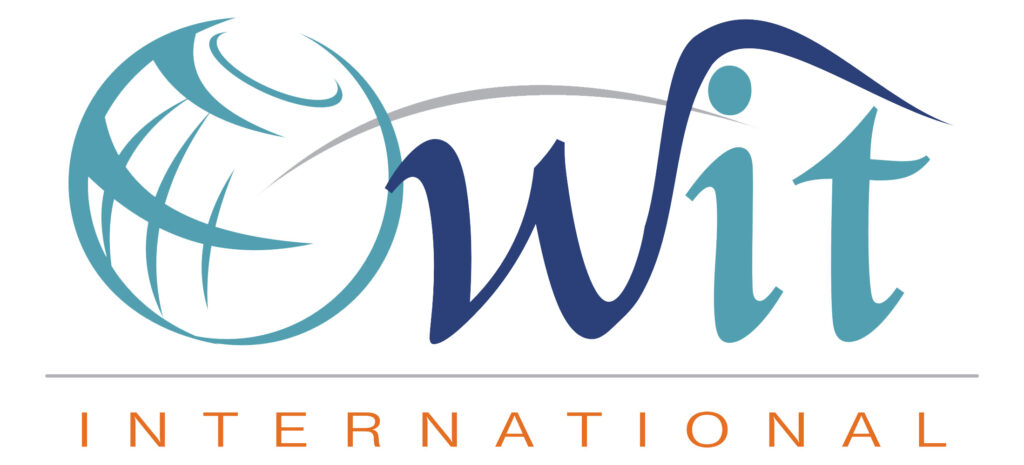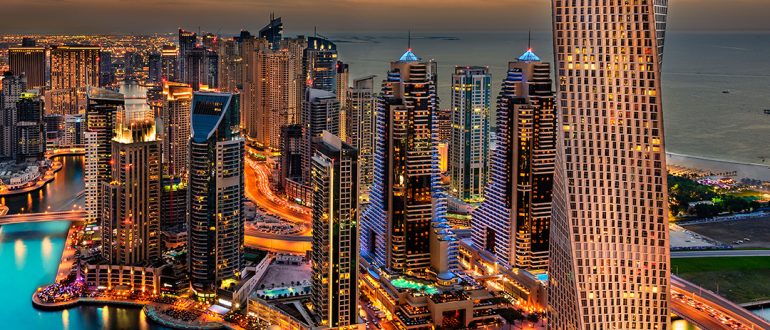By Rosy Hernandez
The City of Gold
Many people believe that Dubai is the epitome of opulence located in the oil rich, MENA (Middle East North Africa) region. Dubai is so much more than a top destination for tourists in search of excellent services and record-holding luxuries. Let’s pull back the golden baroque curtains and explore the prospects and future of the City of Gold.
Dubai, home of the record-holding Burj Khalifa, has experienced exponential growth in the past decades for a number of reasons. Dubai benefits from the labor of its immigrant population from Southeast Asia to construct its structures and provide service in the service industries of tourism and luxury goods and services.
In good company
Dubai garnered international intrigue by being the home of the artificial Palm Islands and unfinished neighboring man-made islands that have religious and international symbols, which began construction in the early 2000’s. While we are looking at Dubai from an aerial perspective, let us not ignore the benefits of its location as one of the seven Emirates in the United Arab Emirates. Dubai has access to shipping routes in the Indian Ocean, Pacific Ocean and the Atlantic Ocean. Dubai’s strategic location naturally lends itself to trade with Africa, Asia and the Middle East.
Due to the United Arab Emirate’s presence in the Greater Arab Free Trade Area (GAFTA) and its cohort of over a dozen countries in the Middle East and North Africa region, those who are currently running trading companies or those who hope to do so experience many benefits. Dubai is also a member state of the GCC, or General Cooperation Counsel, along with other Arab states in the Persian Gulf, and it participates in the regional, political and economic union. In short, Dubai’s location and established relationships with its neighboring countries make it as attractive for trade and commerce as it is for international tourism.
A glittering record
Dubai is the second wealthiest state in the United Arab Emirates, after the capital of the UAE, Abu Dhabi. Dubai has established its impressive growth by diversifying its economy from predominantly non-oil based commerce such as tourism, luxury markets, technology and information technology and finance.
According to the Global Competitiveness Index published in December of 2020 by the World Economic Forum, the United Arab Emirates ranked 25th and Dubai was acknowledged as the home of sound infrastructure and highly modern transportation.
Over the years, China and India have been Dubai’s top trading partners. China remained Dubai’s largest trading partner in H1 of 2020 with AED 66.4 billion ($18.08 billion USD) worth of trade, Dubai Customs has revealed and reported by ZAWYA, one of the largest sources of business and trade news in the Middle East.
With an annual rate of growth of 11% in international trade since the late 1980’s, Dubai has a record of successfully fostering trade deals with several countries all over the world and taking full advantage of its lucrative location with seaports Mina Rashid and Jebel Ali.
Summary
The City of Gold is a key player in the international trade landscape and is expected to strengthen its grip on the supply chain as a central hub for companies in Asia, the Middle East and Africa. Due to Dubai’s healthy environment for trade and advantageous geographical location, perhaps in this gulf country, all that glitters really is gold.


